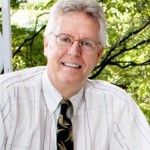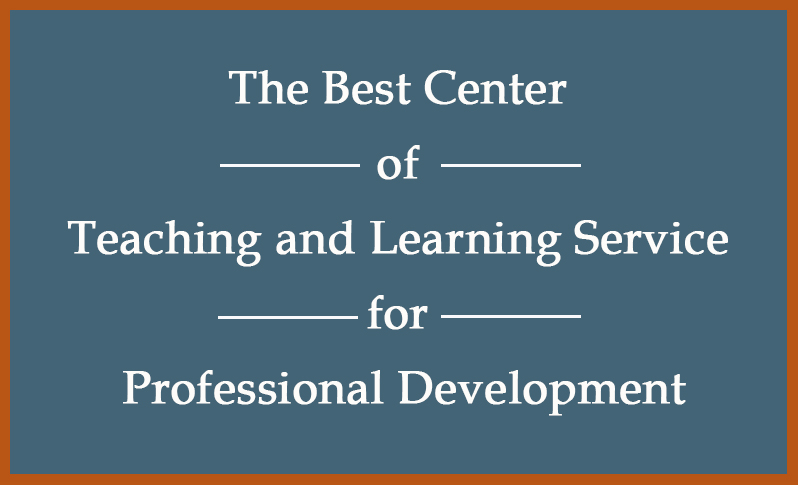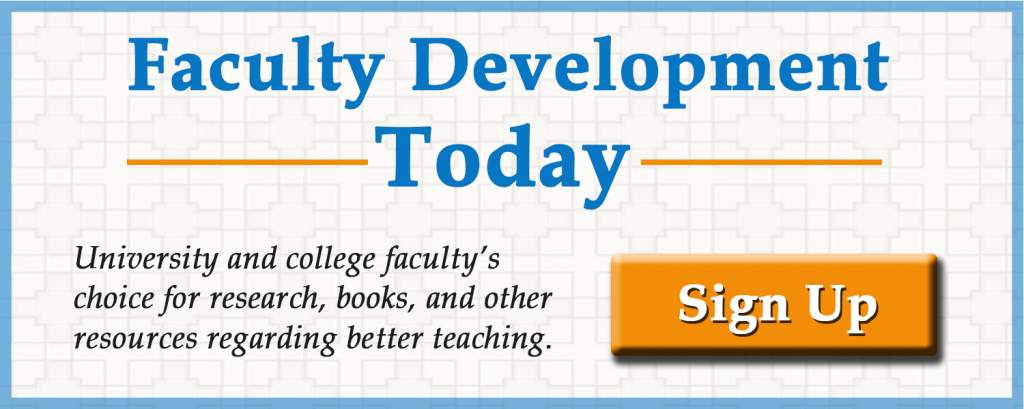A few years ago our state adopted the Common Core Standards and the legislature mandated that all state universities had to align college-level courses to these standards. Our Center of Teaching and Learning (CTL) was charged by our university to figure out how to implement Senate Bill 1 on the campus. In short, the problem was: how do we get various groups ranging from math to social sciences to teacher preparation to come together and develop a delivery plan?
Traditional Professional Learning Communities
Our solution was our go-to process for cross-campus collaboration, the professional learning community. Years ago we attended the Lilly Conference on Teaching and Learning, where we had met Milt Cox (2004), who created the faculty learning community and advocated a few basic principles about his invention:
- Size: 6-15 members
- Frequency: frequent, regular meetings
- Focus: teaching and learning
- Method: active learning principles
- End Product: something tangible to be implemented
- Dissemination: results should be presented to the campus as well as national audience.
Related Reading: Achieving Excellence in Teaching
A Brand of Professional Learning Community
We always believed that since learning communities can include faculty, administrators, and staff members they should be called professional learning communities. In addition, after a decade of PLC experiences, we’ve made a few other changes to Cox’s principles:
- Size: While 15 members seems high for a successful collaboration (think of brainstorming rules), participants attrit at about a 25% rate, and not everybody shows up for every meeting.
- Frequency: Unless PLCs meet at a two-weeks apart maximum, members will lose interest in even the most compelling subject. Likewise, meeting every week dulls the interest level. Besides, most people are so busy that once every two weeks is about all the time they can give. Two weeks between meetings also gives participants plenty of time to work on their assignments.
- Focus: PLCs can be used to solve any problem on campus. We have run them for the housing department, and we once helped our College of Education use a PLC to transfer a national journal. Despite Cox’s desire to center on teaching and learning, we’ve found a better focus is scholarship. Almost every PLC we do begins with an academic text. For instance, we so loved John Medina’s Brain Rules that we developed a PLC around it. When we facilitated our creativity PLC, we chose Erica McWilliam’s The Creative Workforce and Daniel Pink’s A Whole New Mind. Sometimes no relevant book exists, so, for example, when we started a PLC on metacognition, we actually had to research the subject and provide the participants with a notebook of found scholarship.
- End Product: Traditionally we have linked PLCs to scholarship. Members are encouraged to create a publication out of their PLC product. For instance, last year we ran a PLC on flipping the classroom wherein we asked participants to submit articles for a book we were writing for New Forums, It Works For Me, Flipping the Classroom (2015). Another time our creativity PLC presented at a plenary session of a state conference.
- Dissemination: Books and conferences aren’t the only way to publicize the work of a PLC. For our common core PLC, we not only provided syllabi in nine separate areas (e.g., English, physics, and communications), but published an article about a specific form of the learning community, the embedded professional learning community, that we invented to study and implement the problem.
Related Reading: Faculty Development: Consultation and Classroom Observation
How to Choose Subjects
How do we choose a subject worthy of a PLC? Sometimes an administrator faculty member comes to us with a book, such as Derek Bok’s Our Underachieving Colleges and even volunteers to facilitate. Reading the Chronicle of Higher Education, the Wall Street Journal, or even a popular magazine, we run across a book that seems promising, we purchase a copy. Over the years we average reading twenty such books a year—-Borrowing Brilliance, Blink, Smart World, Switch, Academically Adrift—and decide their application to our faculty is important. Sometimes the Provost invites a speaker for her Professional Development Series, and so that the speaker’s presentation doesn’t become a forgotten one-shot, we continue its relevance through a PLC. This semester, for example, the Provost has invited famed metacognition expert Saundra McGuire to campus, and so we will have either a spring or a next fall PLC based on her book.
We also have a group of pedagogical ambassadors on campus we call the Faculty Innovators. Each summer we hold a retreat, and one of the topics discussed is always future PLCs. This semester, for instance, one of our innovators last summer was fascinated with Mindset, Stereotyping, and Grit—guess what he’s facilitating a PLC on this semester?
Next time we’ll examine other aspects of PLCs.
Author
 Ph.D Hal Blythe writes literary criticism to mystery stories. In addition to the eleven books he’s published with New Forums, Hal has collaborated on four books on a variety of subjects, over 1000 pieces of fiction/nonfiction, and a host of television scripts and interactive mysteries performed by their repertory company. He is currently co-director of the Teaching and Learning Center for Eastern Kentucky University. Meet Hal Blythe.
Ph.D Hal Blythe writes literary criticism to mystery stories. In addition to the eleven books he’s published with New Forums, Hal has collaborated on four books on a variety of subjects, over 1000 pieces of fiction/nonfiction, and a host of television scripts and interactive mysteries performed by their repertory company. He is currently co-director of the Teaching and Learning Center for Eastern Kentucky University. Meet Hal Blythe.



